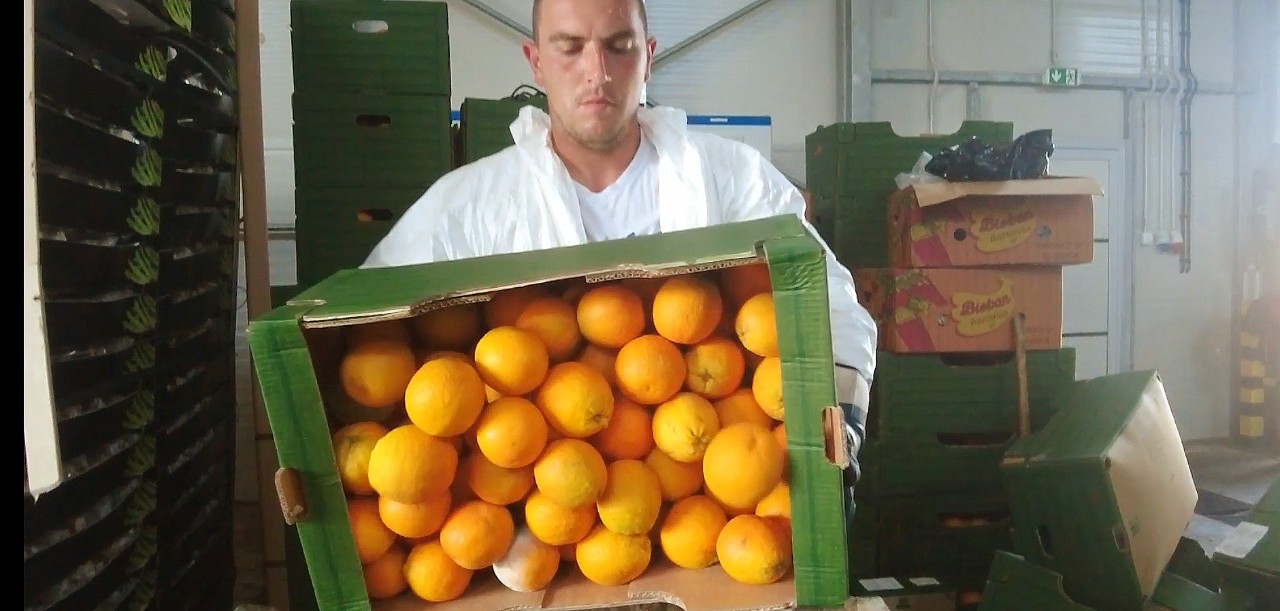-
Aug 23 2021 How do you light a lightbulb with food waste?
Do you ever think about what happens to the scraps we throw away during food preparation, such as vegetable peels and eggshells, or to the uneaten bits we scrape from the plate into the garbage can?
While shopping, do you wonder where the food in stores ends up after it expires?
When it is thrown into a regular garbage container, food, together with other waste, ends up in landfills. In Serbia, this is the case for about 250,000 tons of food waste per year. Just 1 percent of waste of biological origin, which includes food waste, is repurposed.
Why should this concern us? Well, food waste in landfills rots and releases carbon dioxide and methane into the atmosphere – the two gases that contribute the most to global warming and negatively affect climate change.
Also, by throwing away food, we are throwing away energy, since each type of organic matter has its own energy value. You simply need to know how to harness and utilize it.
The company Eso Tron from Novi Sad has figured out just that. They started by first collecting edible oil remaining after food preparation from restaurants.
“We were pioneers in Serbia in collecting used cooking oil and other edible oils. Today, we process over 70 percent of the amount of edible oil waste that would previously have been dumped into rivers and would pollute the environment,” says Bojan Gligić, Regional Manager of the company.
All the oil collected by Eso Tron is processed and converted into raw material for the production of energy, such as electricity and biodiesel, and as the business has grown, they have developed technologies which enable them to process other types of food waste in the same way.
“Industry and the hospitality sector are the largest generators of bio-waste and our goal is to educate industry, retail chains, hotels and restaurants about the importance of quality management of this type of waste,” explained Gligić.
This means that Eso Tron, in addition to putting to use waste from restaurants and hotels that would otherwise end up in garbage cans, is working to train staff who work with food on how to dispose of this waste properly, so that as much usable energy as possible can be yielded during processing.
“It might be easier for me to just throw everything in one place, but it’s not hard for me to separate the waste. My motivation is that this waste does not end up in nature, that there is no pollution, and no formation of illegal landfills,” says Dušan Žgonjanin, Chef in one of the restaurants cooperating with Eso Tron.
“Regardless of whether it is a small catering facility or a large factory, the principle is the same. All waste that is brought to our plant undergoes certain treatment in order to be used for biogas production. We have developed technology that can utilize waste of biological origin to obtain energy, achieving a significant reduction in the emission of harmful gases,” Gligić points out.
Thanks to the technology it employs, Eso Tron extracts methane from food, the same gas that would otherwise pollute the environment and warm the planet. Instead, this methane is transformed into a raw material for biogas production. Thus, clean, renewable energy is obtained for the production of electricity and heat. And that is the answer to the question in the title.
When we consume energy that is produced in this way, there is no additional pollution created, which is one of the principles of the circular economy. In this way, the processing of food waste simultaneously saves energy and reduces greenhouse gas emissions, which significantly slows the pace of climate change.
*** *** ***
Eso Tron’s “Reduce Garbage for Collective Health and Happiness” initiative was awarded as one of the 11 best innovative and climate-smart solutions within the Climate Smart Urban Development project, implemented by the United Nations Development Programme (UNDP) in partnership with the Ministry for Environmental Protection, with financial support from the Global Environment Facility (GEF). It is estimated that in the course of the project, emission reductions equivalent to 32,000 tons of CO2 will be achieved, emissions which would otherwise be generated by disposing of such waste in landfills.


